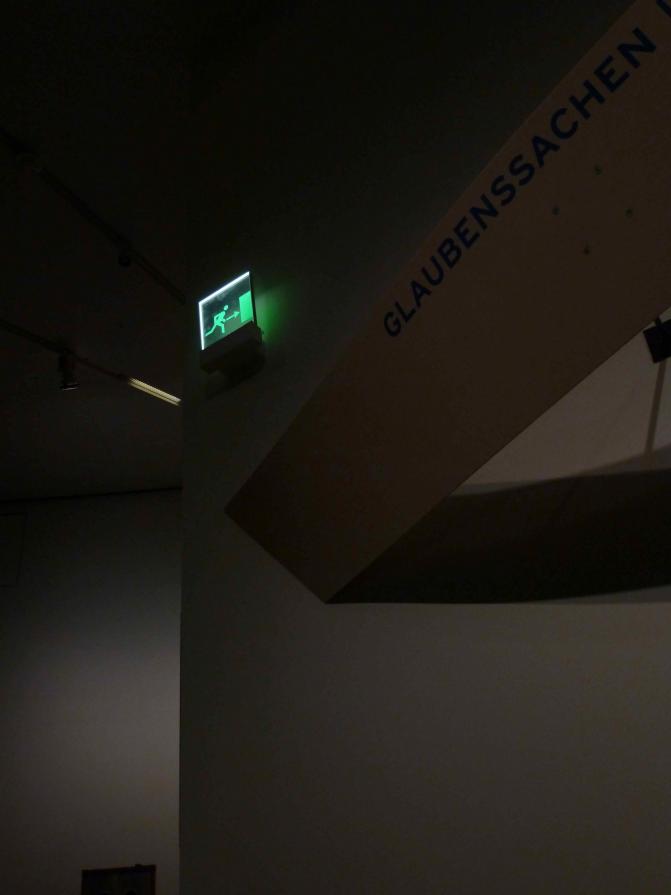
Exclusion Exi s t
This series of pictures is taken in the Jewish museum in Berlin, where the artist made a series of photos including all the exit-signs in the building. For many the building is one of the strongest symbols of globalisation, tolerance, and connection among people in the world. The place has an inherent message and meaning that is strongly connected with exclusion, racism, nationalism etc. therefore represents the struggles we had in the past and the struggles we have towards the future to become a globalised race, a race that functions as a family rather then as a sum of nations.
Because of the surroundings of the signs (the city and the building), the exit-signs get a few new meanings and messages that are normally not connected with them. Still they remain unnoticed because of the fact that our brains are wired to filter out many of the signs we see everyday, from advertisements to common signs like exit-signs. The 21ste century citizen is trained in the everyday exclusion of signs. Every large building has plenty of exit signs; it can easily go to a few hundred signs per building. Yet, when we enter one of those we don’t see them, we are trained to ‘un-see’ them if you like.*
The artist decided to give a new space to these excluded signs, to welcome them in our attention span. They are not only excluded from our sight because we un-see them, but also excluded from the exhibition, they are not part of the exhibition merely part of the building and if our technology would reach far enough they would perhaps not even be part of the building but only pop up in the building when it is on fire. It’s in some ways the most excluded object in the building and represents through its connection with the building, its meaning, and its history many of the issues around racism, exclusion, multi-ethnic communities, nationalism, mega-cities and globalised cities, … around the world.
The artist tried, during the opening hours, to capture the solitude of signs, the excluded imperatives, the things that are left behind (questions such as: “which visual language is left behind in an exhibition when you take all the artworks away and all the people away”), the emptiness (in many ways an emptiness that never exists in these major museums because of the constant stream of people) … In short the photos are a visual escort in the things that family, large ones and small ones, have to deal with everyday.
The artworks are taken in a way that it seems as if the exit-signs lead to empty space, excluded black holes without solutions. You could say that the artist tried to capture images that follow the imperative of the narration inside the image itself, as if everybody and everything followed the imperative of leaving before the images where taken. But besides this there is of course also the narration that deals with the exclusion of Jews throughout our history and our present and because of the recent cruel news messages that we received in the news around this topic the series of photos has a strong social value. But let it be clear that this is not the only form of exclusion that our world is dealing with everyday for example: gender exclusion, sexual exclusion, exclusion of photographers (or the act of taking pictures) in museums, etc. These are all problems that are connected to this particular series of artworks.
The size of the images is kept small, the same scale as a traditional exit-sign.
Enjoy,
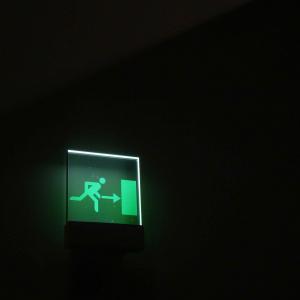
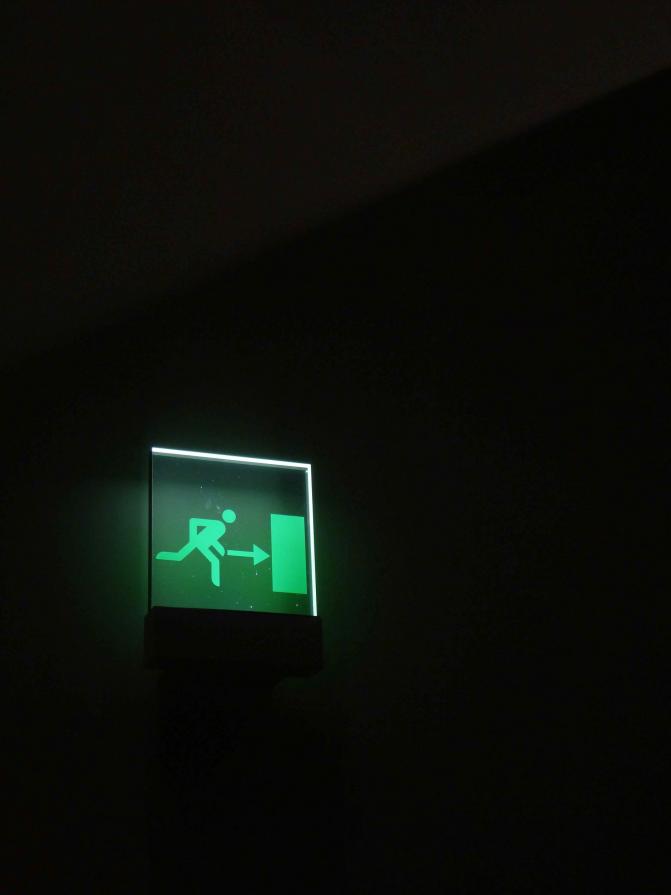
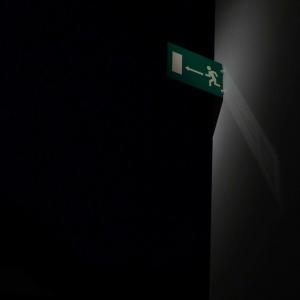
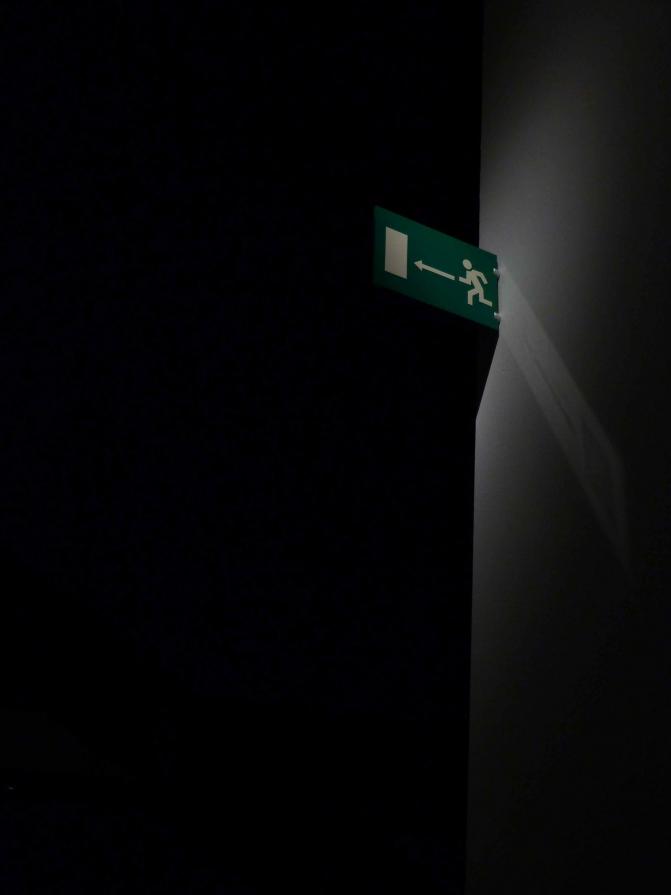
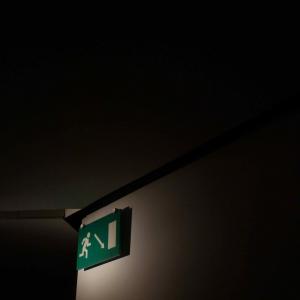
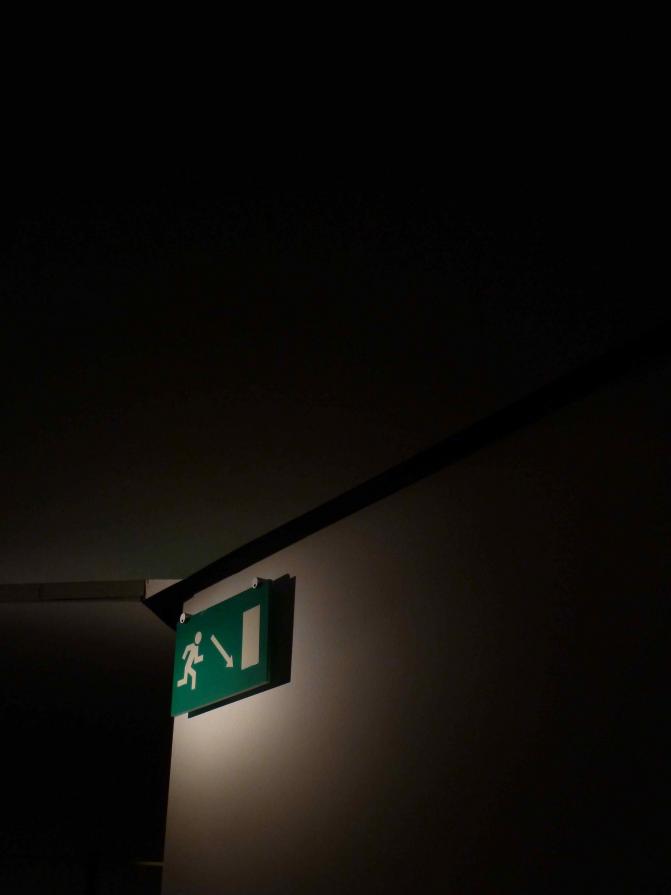
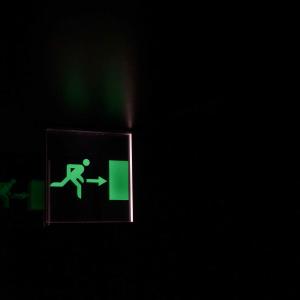
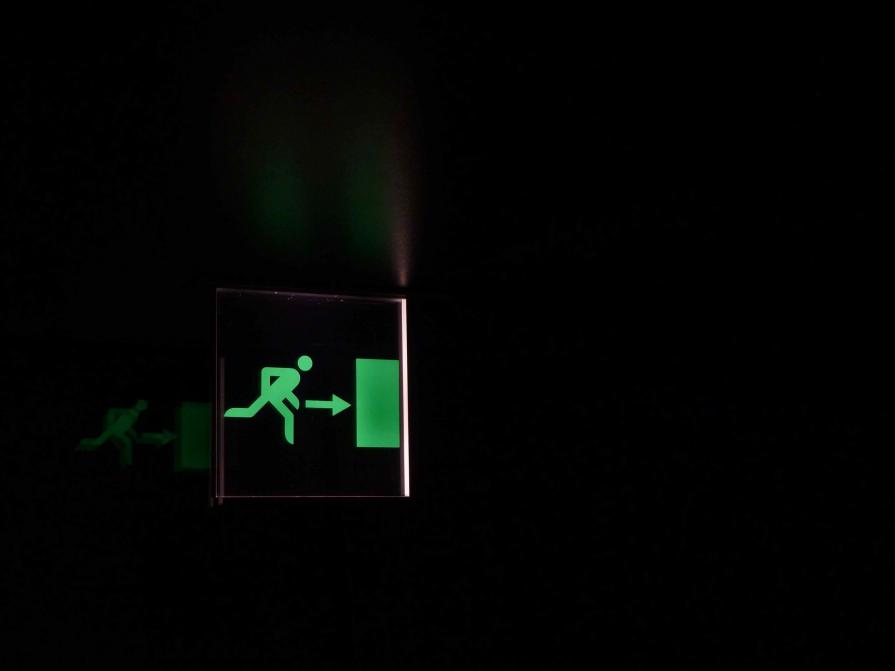
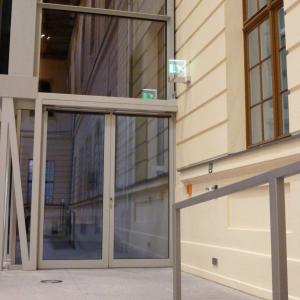
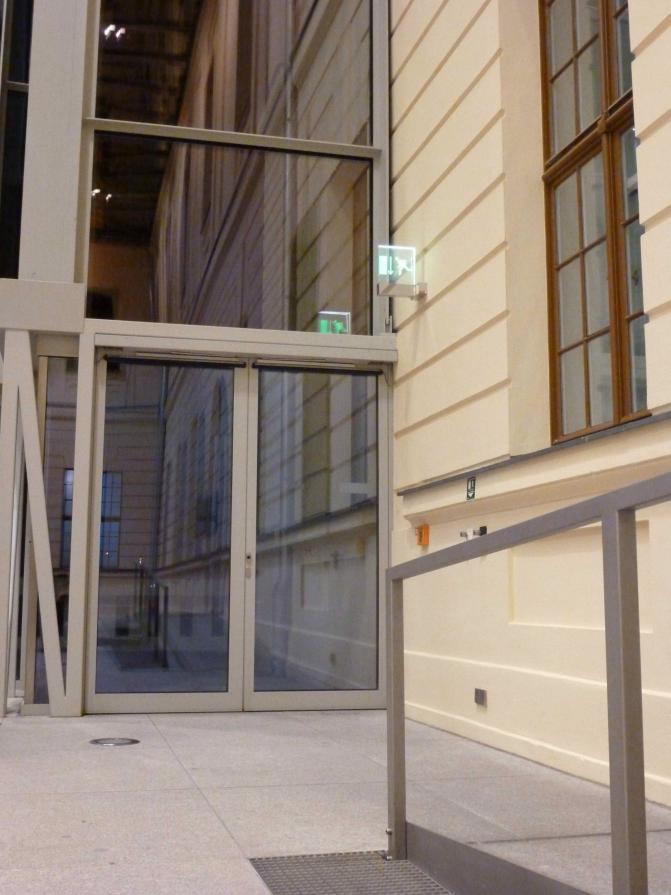
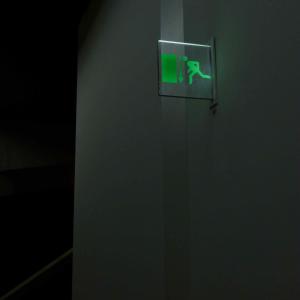
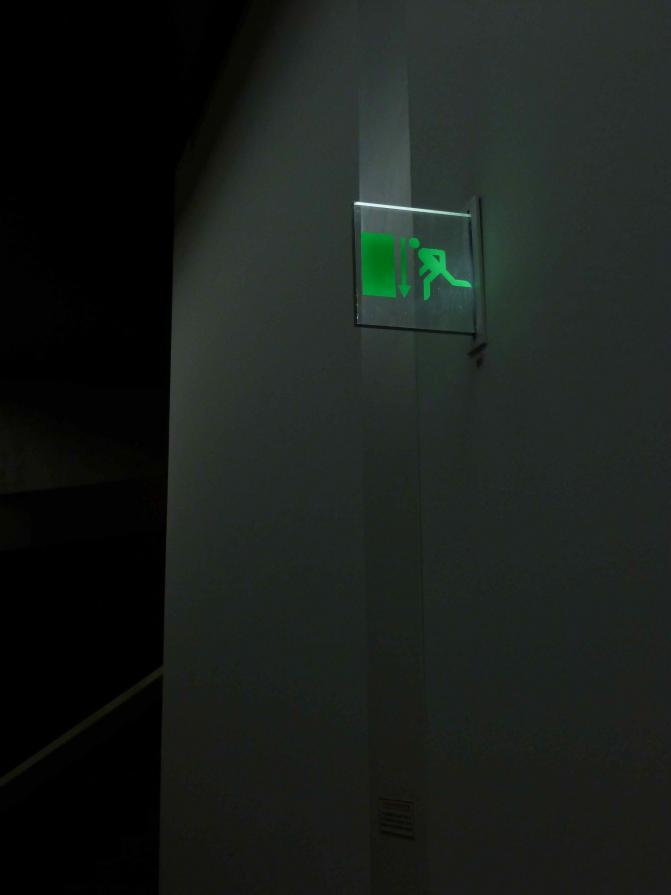
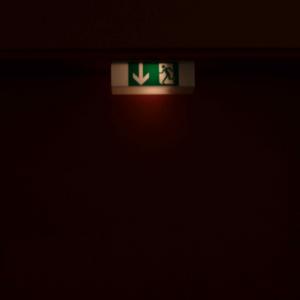
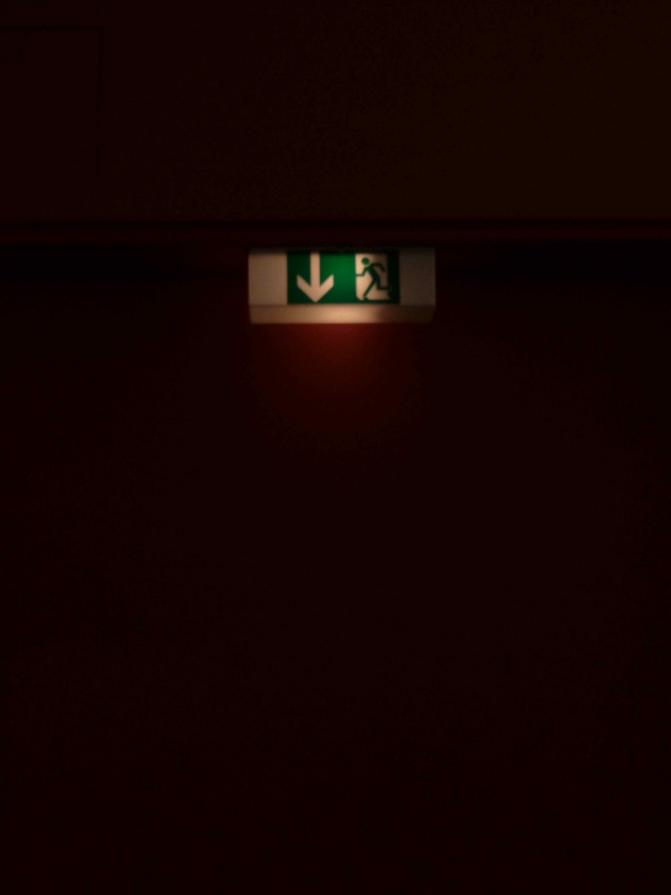
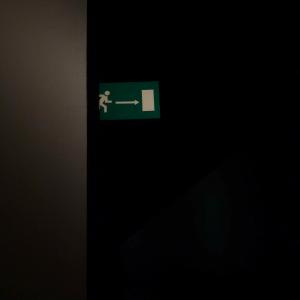
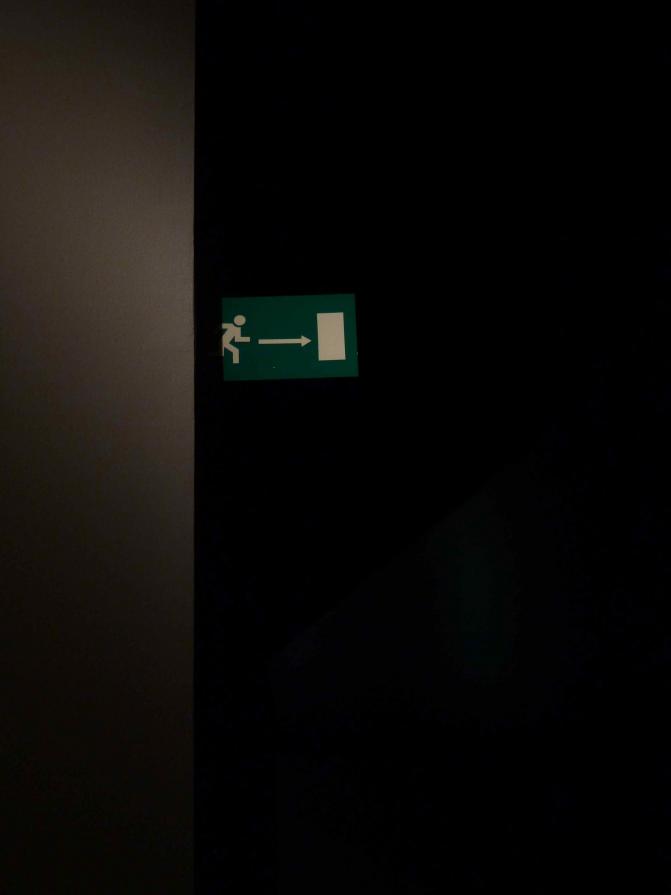
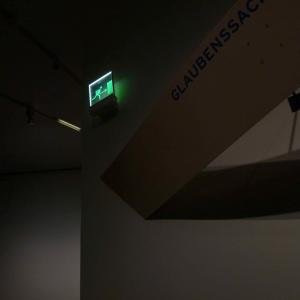
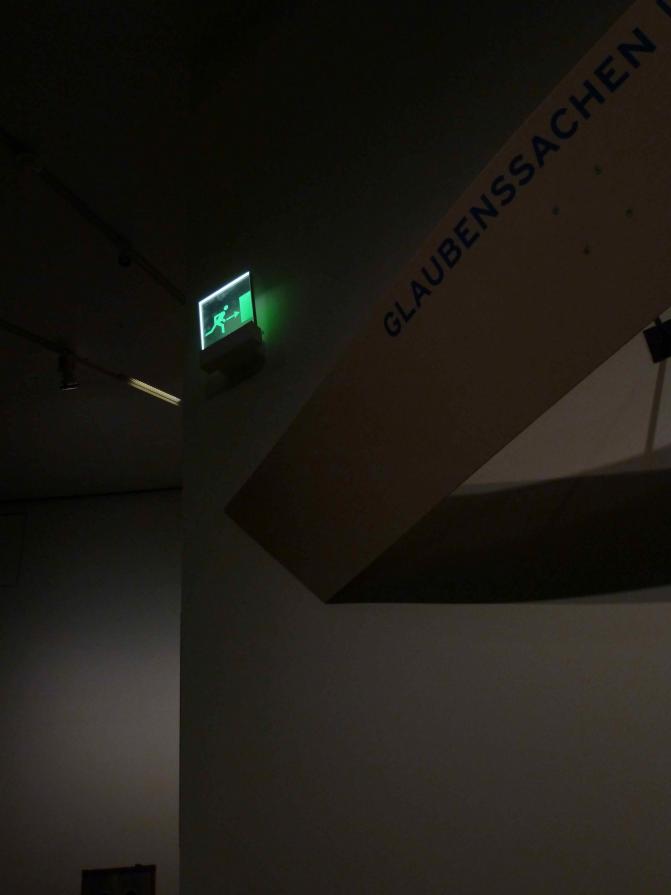










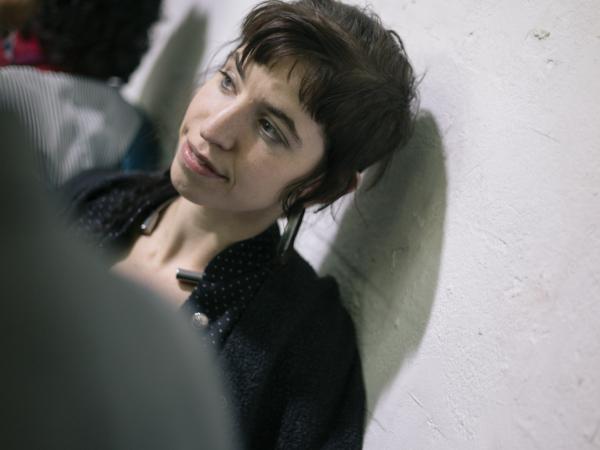
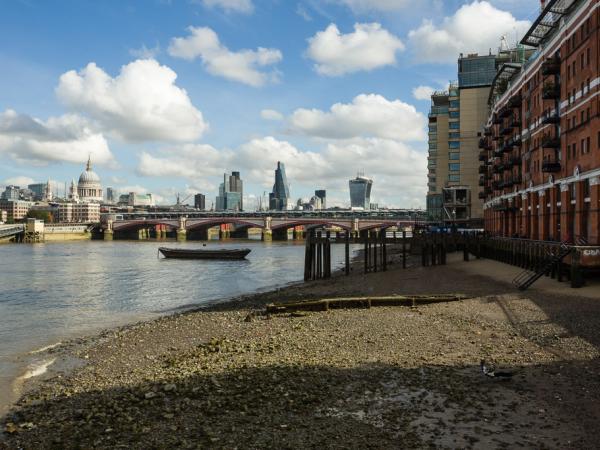
Comments 0
Say something